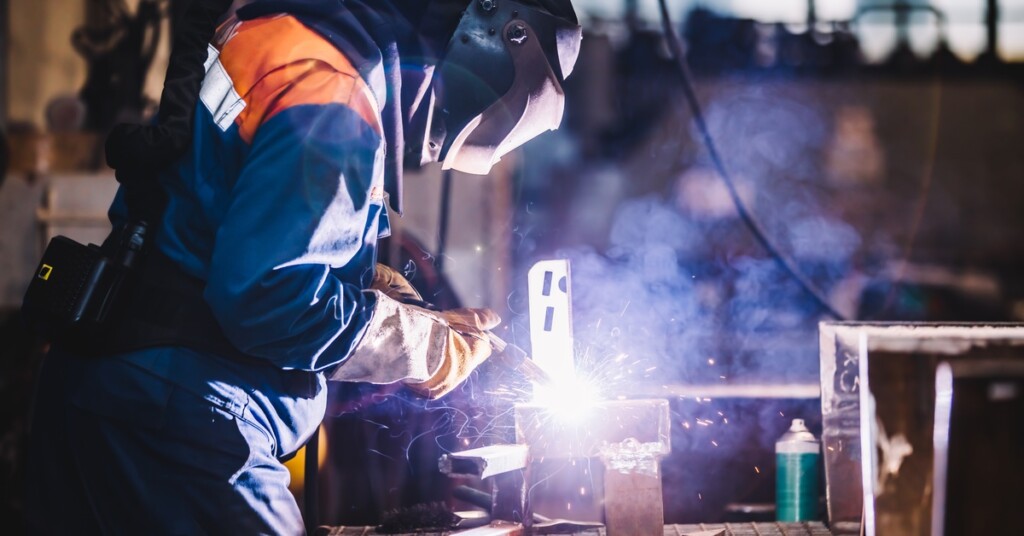When a weld fails, the failure is rarely a mystery to the people who built it. But for the company that outsourced the work, the root cause isn’t always clear. Was the wrong filler material used? Were the welders qualified for that type of joint? Was the design itself flawed from the start?
If you’re sourcing welded components, knowing what to watch for helps you avoid costly mistakes. Here are four factors that can affect the quality of a weld and what they might mean for your next job.
1. Material Selection and Preparation
Not every metal welds the same way. Some materials, like aluminum or high-strength steel, require specific filler metals or shielding gases. Others need surface treatments to remove oil, oxides, or scales before they’re ready for welding.
If you’re ordering custom welding fabrication, ask what materials the shop works with most. Be specific: Are they certified to weld aluminum? Do they prep material in-house or expect it to arrive clean? Those questions can expose mismatches early on before quality issues appear.
2. Joint Design and Documentation
Skilled welders can’t compensate for bad designs. Inconsistent joint gaps, poorly defined tolerances, or missing callouts can lead to weak welds or excessive post-processing.
Provide fully detailed drawings whenever possible. And don’t be afraid to ask for feedback from the fabrication team. A qualified vendor should be able to tell you if a joint needs to be redesigned for better weld access or strength.
3. Weld Testing and Inspection
Visual checks can catch surface flaws, but some defects, like incomplete fusion or porosity, aren’t visible without more advanced testing. Depending on your industry, the weld quality might need to meet standards that require nondestructive testing (NDT).
Inquire what types of inspections are included. If your application is sensitive, like housing electrical components or holding structural loads, it’s worth knowing how welds will be verified.
4. Facility Capabilities
When you’re sending out work that requires volume, process control, or advanced compliance, it’s important to match the project to the right facility. Some shops are best suited for one-off jobs, while others are built for steady, repeatable production.
Ask questions about how welding fits into the shop’s broader workflow. Do they handle fixturing, documentation, and post-weld inspection under the same roof? If not, you may face quality variations from batch to batch.
Choose a Process You Can Count On
You shouldn’t have to second-guess the weld quality behind the components you rely on. When the details matter, so does the team behind them, which is why the four factors that can affect the quality of a weld are already part of how Sytech works.
At Sytech, we take that responsibility seriously. Our welding services boost a wide range of industries and build types, from UL-listed electrical enclosures to high-precision assemblies.
We don’t just weld; we guide, inspect, and deliver with care. If you need welded parts you can trust, Sytech is here to help—from the first quote to the final inspection.
